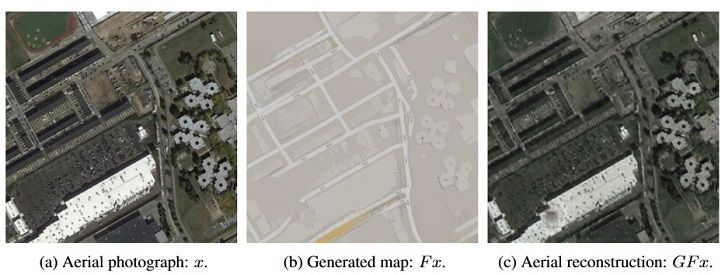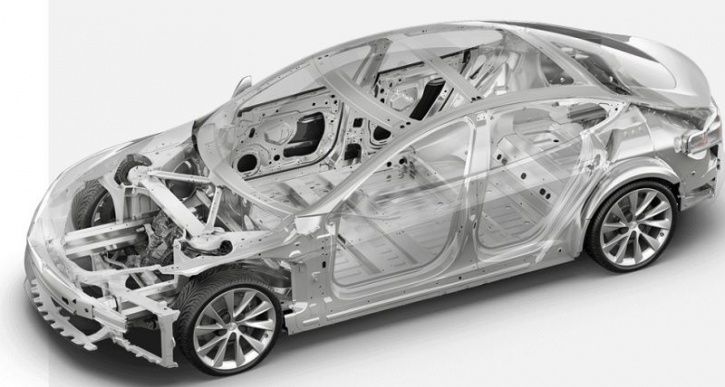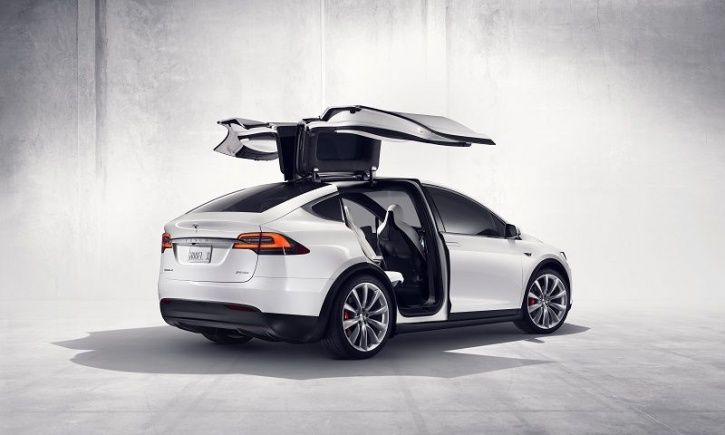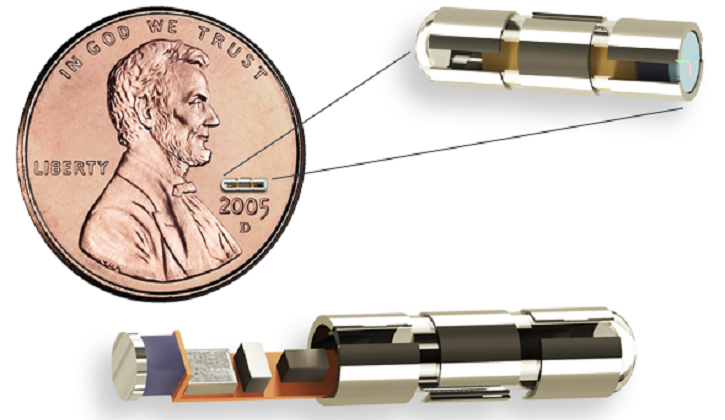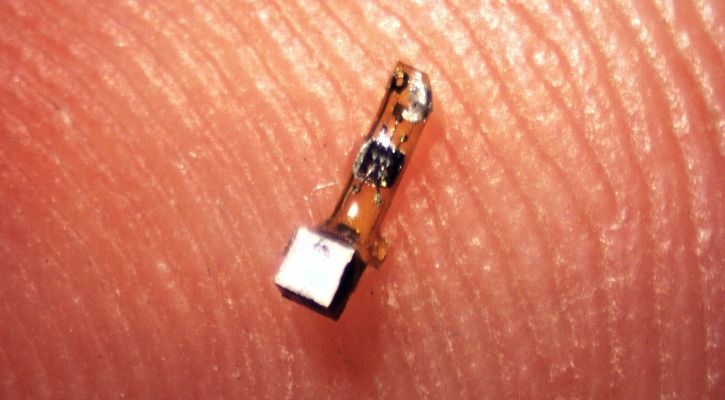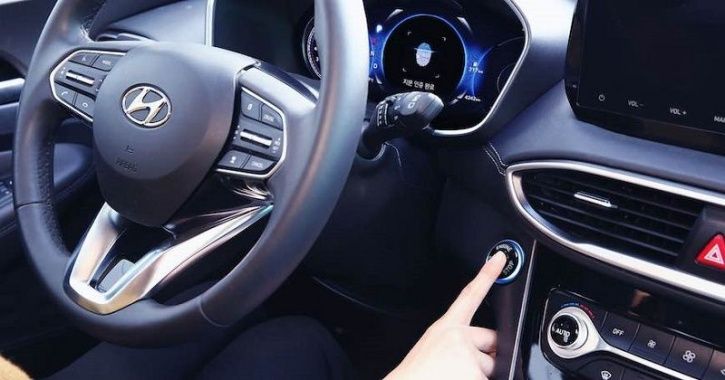At CES, you can usually expect to see some cool stuff and some weird stuff. It's not very often that you see both in the same display, but that's what you're getting this time from Continental. The company is developing robot dogs for last-mile deliveries and they are fre-e-aky.
CES 2019: The Future Looks Like These Robot Dogs Delivering Your Shopping To Your Doorstep
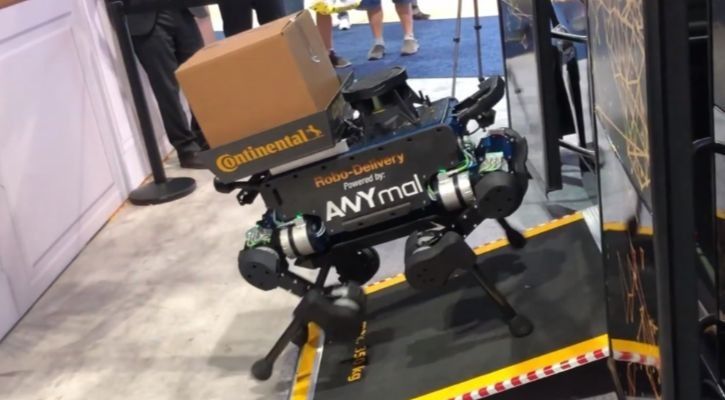
The company has set up a Continental Urban Mobility Experience (CUbE), it's a project that aims at building a "seamless mobility chain." This involves driverless vehicles to run deliveries, and an automated delivery robot to bring packages to customers' doorsteps.
The dogs in question here employ AI to self-navigate. This means they don't just go from the van to your home; they can also navigate sidewalks, steps, and even ring your doorbell. Which makes absolute sense since the delivery vans being developed are also automated.
Continental believes the technology will become crucial as online shopping continues to boom, since delivery costs are also rising with it. With a fully-robot delivery team, sellers can cut out the delivery man and driver and just get your goods straight to you. In addition, the company imagines its self-driving vans will double as public transport vehicles during slow hours, to maximise efficiency.

It's not as strange an idea as it sounds either. We've already talked about Boston Dynamics and their robot dogs. They can already navigate stairs and difficult terrain, open doorknobs and hold doors open, and they're constantly advancing in capabilities.
Heck, maybe one day your Swiggy delivery won't be a person but a robot huffing to your door with your food.
CES 2019: The Future Looks Like These Robot Dogs Delivering Your Shopping To Your Doorstep

The company has set up a Continental Urban Mobility Experience (CUbE), it's a project that aims at building a "seamless mobility chain." This involves driverless vehicles to run deliveries, and an automated delivery robot to bring packages to customers' doorsteps.
The dogs in question here employ AI to self-navigate. This means they don't just go from the van to your home; they can also navigate sidewalks, steps, and even ring your doorbell. Which makes absolute sense since the delivery vans being developed are also automated.
Continental believes the technology will become crucial as online shopping continues to boom, since delivery costs are also rising with it. With a fully-robot delivery team, sellers can cut out the delivery man and driver and just get your goods straight to you. In addition, the company imagines its self-driving vans will double as public transport vehicles during slow hours, to maximise efficiency.

It's not as strange an idea as it sounds either. We've already talked about Boston Dynamics and their robot dogs. They can already navigate stairs and difficult terrain, open doorknobs and hold doors open, and they're constantly advancing in capabilities.
Heck, maybe one day your Swiggy delivery won't be a person but a robot huffing to your door with your food.



